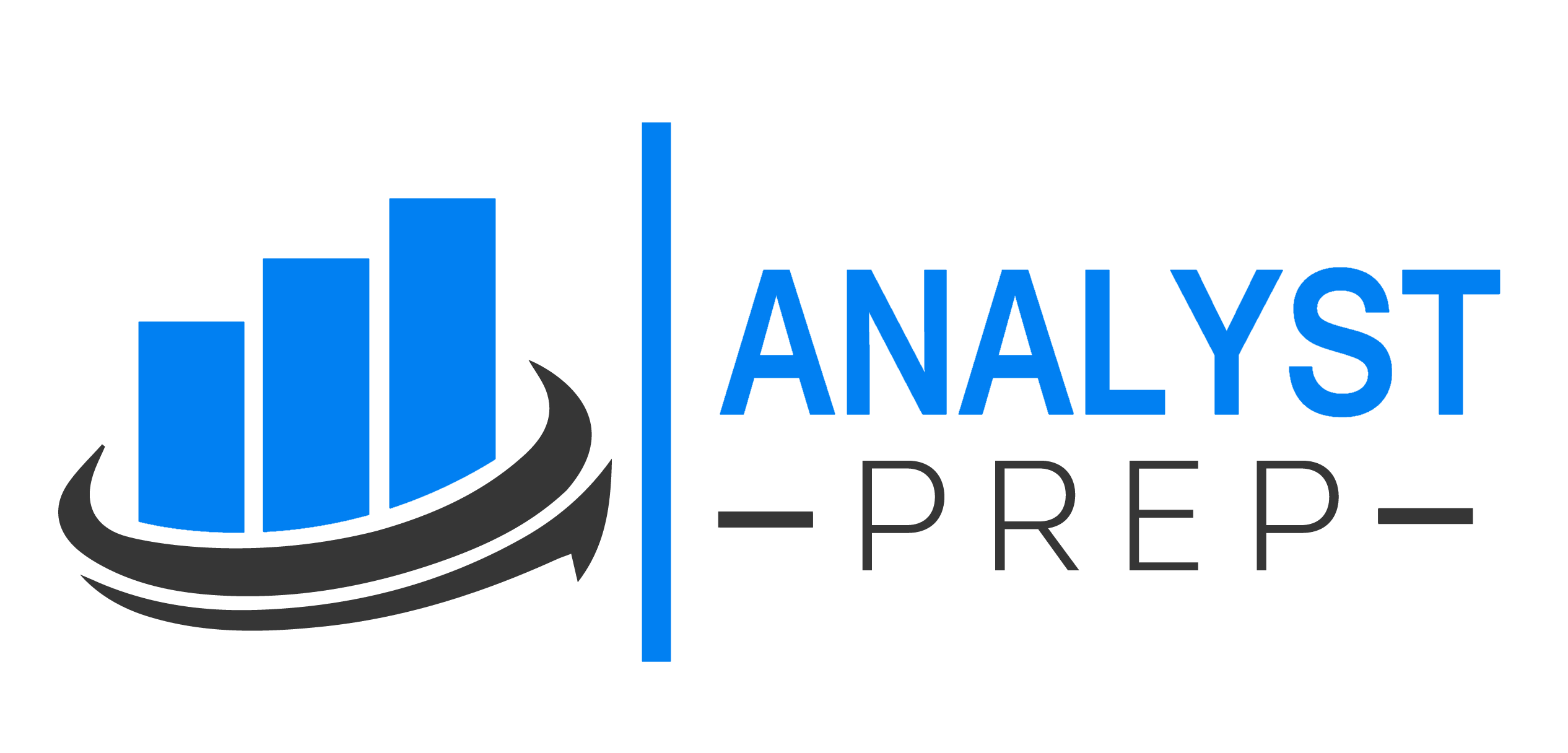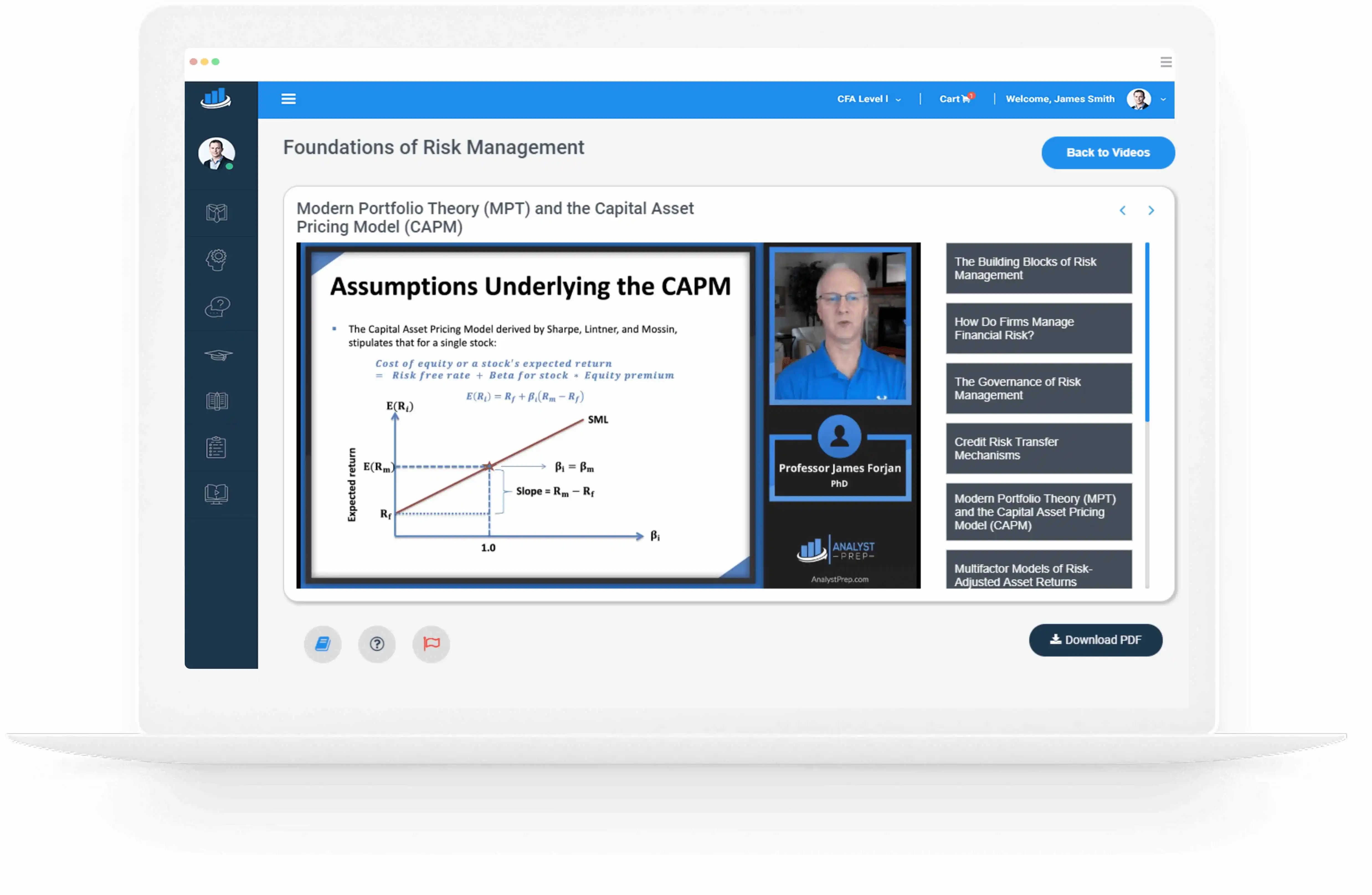Describe Different Types of Bonds
Call Provisions A call provision gives the issuer the option to repurchase the bonds before maturity. The issuer repurchases the bonds at the market price, at par, or at a specified sinking fund price, whichever is the lowest. Special Bond…
Contingency Provisions
Contingency provisions allow for some conditional actions. They grant the issuer and/or the bondholder rights but no obligations to exercise specified actions. Types of bonds with embedded options are callable, putable, and convertible bonds. Callable Bonds Callable bonds give the…
Classifications of Bonds
Global debt markets are three times larger than equity markets. As such, there are many ways in which we can classify bonds. Classification by Type of Issuer The three bond market sectors are government and government-related sector, corporate sector, and…
Interbank Offered Rates
Floating Rate Bonds A floating rate bond is expressed as a reference rate plus a spread or margin. The spread is usually fixed, remains constant until maturity, and it is primarily a function of the issuer’s credit quality. The coupon…
Secondary Markets for Bonds
Secondary markets are “aftermarkets” where existing securities are traded among investors. The major players in these markets are large institutional investors and central banks. Below are the two main classifications of secondary markets. Organized exchanges where buyers and sellers transact…
Securities Issued by Sovereign Governments
National governments issue bonds primarily for fiscal reasons. As a result, sovereign bonds denominated in local currency have different names such as US Treasuries, Japanese government bonds, gilts in the UK, and Bunds in Germany. Treasury Securities US government bonds…
Non-sovereign Governments, Quasi-government Entities, and Supranational Agencies
Non-Sovereign Bonds Provinces, regions, states, and cities issue bonds called non-sovereign bonds or non-sovereign government bonds. These bonds are generally issued to finance schools, hospitals, highways, bridges, etc. The national government does not guarantee non-sovereign bonds. Still, the default rates for…
Debt Issued by Corporations
Bilateral bank loans are the primary sources of debt financing for most corporations. However, other sources of financing are available for corporations of various sizes. Bilateral Loan A bilateral loan originates from a single lender to a single borrower. It…
Short-term Funding Alternatives Available to Banks
Funding markets are markets from which debt issuers borrow to meet their financial needs. Banks have access to funds obtained from the retail market, which are the deposits from their customers. However, these financial institutions also need to raise funds…




